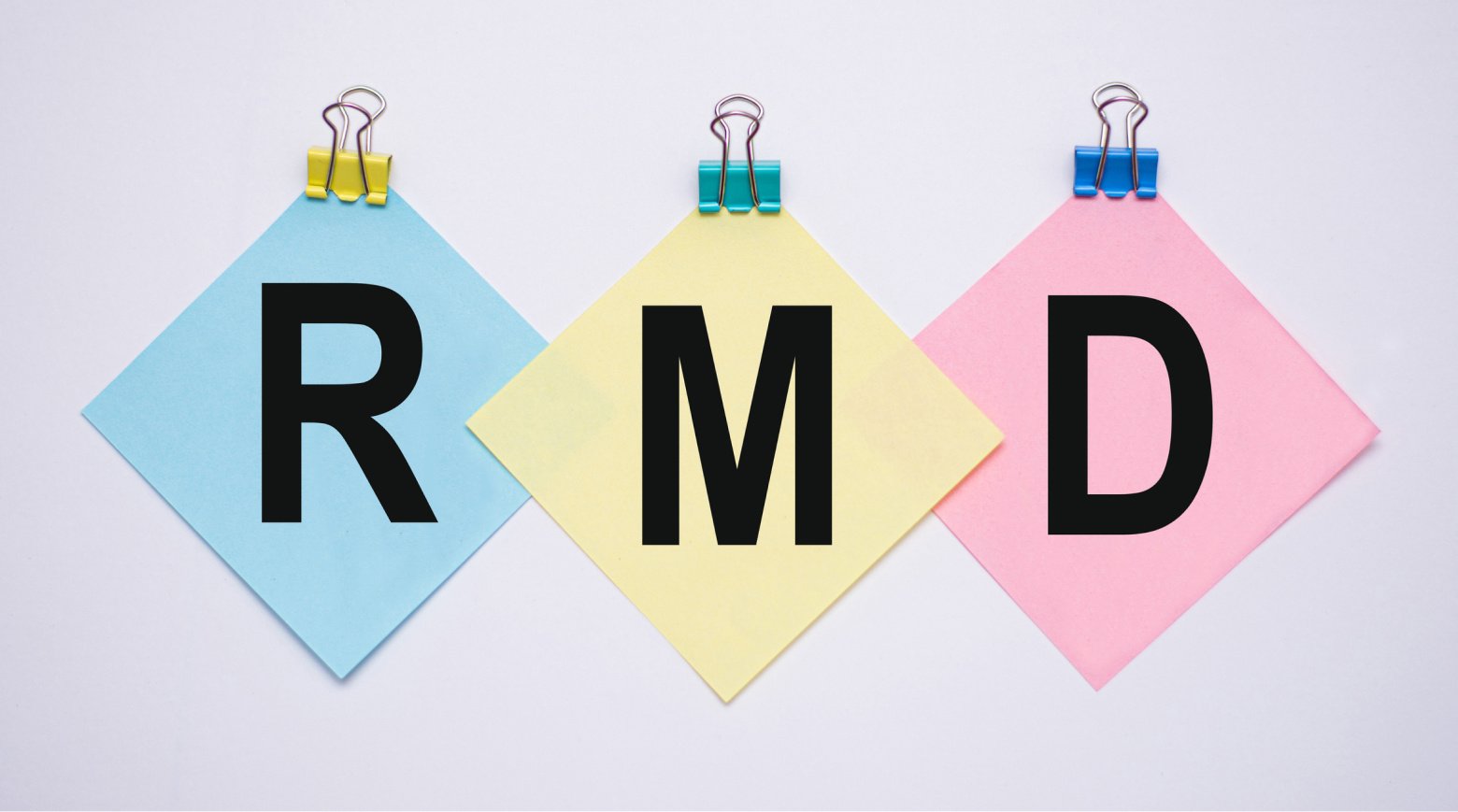If you have a retirement plan at work — especially if you're at least 59 ½ years old — you may have the ability to withdraw funds before you actually retire.
It’s called an in-service distribution, and it has the potential to give you more flexibility in your retirement savings. That doesn’t mean it’s a smart idea for everyone, though. With that in mind, let's take a look at what an in-service distribution is, some of the good reasons you might want to consider taking one, and the potential drawbacks you need to think about before you make a final decision.
What is an in-service distribution?
In simple terms, an in-service distribution is exactly what it sounds like — taking a distribution from your employer-sponsored retirement accounts while you're still employed.
It's also important to note that an in-service distribution is different from a 401(k) loan or hardship withdrawal, which are the two other major ways to access employer-sponsored retirement plan assets while you're employed.
The biggest reason to consider an in-service distribution
If your plan allows it, you may be able to roll the in-service distribution into an individual retirement account, or IRA. We think this is perhaps the most compelling reason to take an in-service distribution, because if you complete a direct rollover (money transferred directly from your plan to an IRA), you can avoid any tax withholding, as well as any early withdrawal penalties if you're under 59 ½ years of age.
IRAs have certain advantages over 401(k) plans, one of the big ones being more investment flexibility. Instead of having to choose from your plan's "menu" of investment funds, you can invest IRA funds in virtually any stocks, bonds, ETFs, or mutual funds you want. You may be able to take advantage of high-yield CDs through your IRA, and there are certain income strategies (like writing covered calls against stock or ETF positions) you might be able to use in an IRA that aren't available through your 401(k).
In addition, several brokerage firms offer incentives for rolling over employer-sponsored retirement plan funds into an IRA. For example, as of January 2024 both SoFi and Robinhood offer a 1% bonus on rollovers, which can amount to thousands of dollars for individuals with large 401(k) accounts.1,2
Of course, rolling over your money into an IRA isn't right for everyone. If you have a good 401(k) with low-fee investment funds and you prefer to keep your investments on auto-pilot, there's a good argument to be made in favor of leaving the money where it is. But if you're looking for more control over your portfolio, an in-service IRA rollover could be a smart idea.
Other potential reasons to take an in-service distribution
In addition to the increased investment flexibility that comes from an IRA rollover, there are some other ways that an in-service distribution can be a useful tool. Just to name a few:
Cover medical expenses
If you have medical bills, taking an in-service distribution could be one way to cover them. If you're under 59 ½ years old, the early withdrawal penalty can be waived if you're using the money to pay medical expenses that exceed 7.5% of your adjusted gross income, or AGI.3
Cover college expenses or a first-time home purchase
Assuming that taking a distribution doesn't impact your ability to retire comfortably, using some of your retirement savings to pay for your kids' college education can be a good reason to consider an in-service distribution.
Now, if you're under 59 ½ and your plan allows you to access some of your assets early through an in-service distribution, it's important to mention that there is no exemption from the early withdrawal penalty for paying college expenses from a 401(k) or other employer-sponsored retirement plan. However, there is an exemption for using IRA funds in this manner — with no limits — so, you could potentially roll your in-service withdrawal into an IRA and then take advantage of this exemption. There's a similar exemption for withdrawing as much as $10,000 towards a first-time home purchase.4
Drawbacks to keep in mind
The biggest drawback to us is that in-service distributions are not necessarily exempt from taxation. While it's widely known that distributions from pre-tax retirement accounts, like most 401(k) assets, are considered to be taxable income, this can have amplified tax consequences while you're still employed.
As a simplified example, if you are a single retiree with $30,000 in Social Security and take a $50,000 distribution from your 401(k) in 2024, you would be (at most) in the 22% marginal tax bracket.5 On the other hand, if you earn a $150,000 salary and take a $50,000 in-service distribution on top of it, you could face a much higher marginal tax rate on this additional income.
Unless you directly roll the distributions into an IRA or another retirement plan, any in-service distributions are subject to 20% mandatory tax withholding.6
In addition, unless you have an exemption or roll the in-service distribution directly into another retirement account like an IRA, you can face an early withdrawal penalty of 10% for taking a distribution before age 59 ½.7
There are also restrictions on how much of your account can be accessed early. While the specific rules are governed by the particular retirement plan, the IRS doesn't allow pre-tax elective deferrals (money you chose to contribute from your salary) before 59 ½. While other types of funds, such as matching contributions, funds you rolled over from another employer's plan, and after-tax (Roth) contributions could be fair game, it's important to note that many plans limit in-service distributions to age 59 ½ in all cases.
Some plans take it a step further and restrict in-service distributions to employees who have participated in the plan for at least five years, in addition to the age restriction. Others won't allow in-service distributions of money that hasn't been in the plan for a certain amount of time. It's also quite common for plans to limit the number of in-service distributions, such as a maximum of one per year.
Does your plan offer in-service distributions?
If you're thinking about taking an in-service distribution, the first step is to make sure you're allowed to do so. In fact, not all retirement plans allow in-service distributions. The plan documents must specify provisions for in-service distributions, or it can be added later through a plan amendment, in order for it to be available. There are several types of plans, including 401(k), 403(b), 457(b), thrift savings plans, profit sharing, and employee stock ownership plans that can offer this option.
You can typically find this information in your plan documents or online, but you could also call your plan administrator and ask for the details of what your plan does and does not allow.
Is an in-service distribution right for you?
An in-service distribution is certainly a nice option to have. Almost anything that gives you greater financial flexibility is. But that doesn't mean that it's right for you.
Investing in an IRA isn't right for everyone, especially those who aren't well-versed in choosing their own investments. And when it comes to paying for college, a first-time home purchase, medical expenses, or other large costs, there can often be more preferable strategies.
If you're considering an in-service distribution, your best bet could be to talk to a financial advisor who can help you weigh the pros and cons and determine if it's a smart idea for you.

Like what you're reading?
Join the thousands of readers getting stories like this delivered straight to their inbox every Thursday — for free. Give it a spin, enter your email to sign up.
Footnotes
[1] SoFi, Retirement Reimagined: SoFi Invest Matches 1% of Eligible IRA Contributions, Oct. 12, 2023.
[2] Robinhood, IRA Match FAQ, Accessed Jan. 17, 2024.
[3] IRS, Retirement Topics: Exceptions to Tax on Early Distributions, Accessed Jan. 17, 2024.
[4] IRS, Retirement Topics: Exceptions to Tax on Early Distributions, Accessed Jan. 17, 2024.
[5] IRS, IRS Provides Tax Inflation Adjustments for Tax Year 2024, Nov. 9, 2023.
[6] IRS, 401(k) Resource Guide - Plan Participants - General Distribution Rules, Accessed Jan. 17, 2024.
[7] IRS, What if I Withdraw Money From My IRA?, Accessed Jan. 17, 2024.
Related Articles

5 Special Tax Breaks for Seniors
While life can certainly feel a little easier and more relaxed in retirement, there’s one thing...

This Big Exception Is Helping Many High Earners Double Their IRA Contribution
Most people with an IRA know that there is a maximum amount of money you can contribute each year....

How are RMDs Calculated and Taxed?
You spent years — decades, even — diligently socking money away into your traditional IRA and your...
